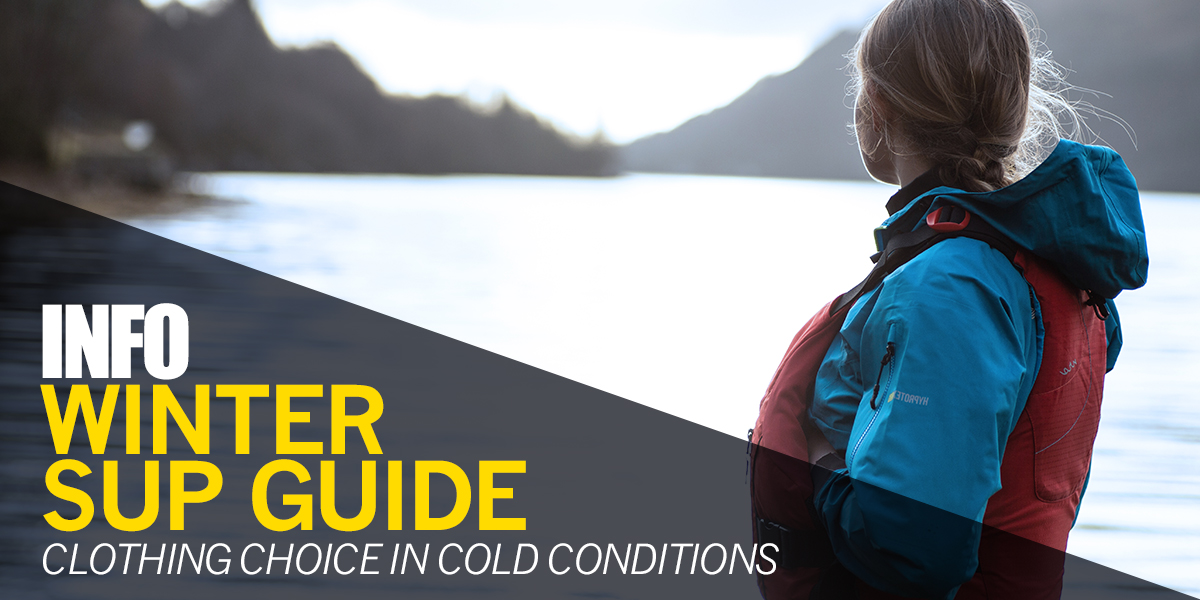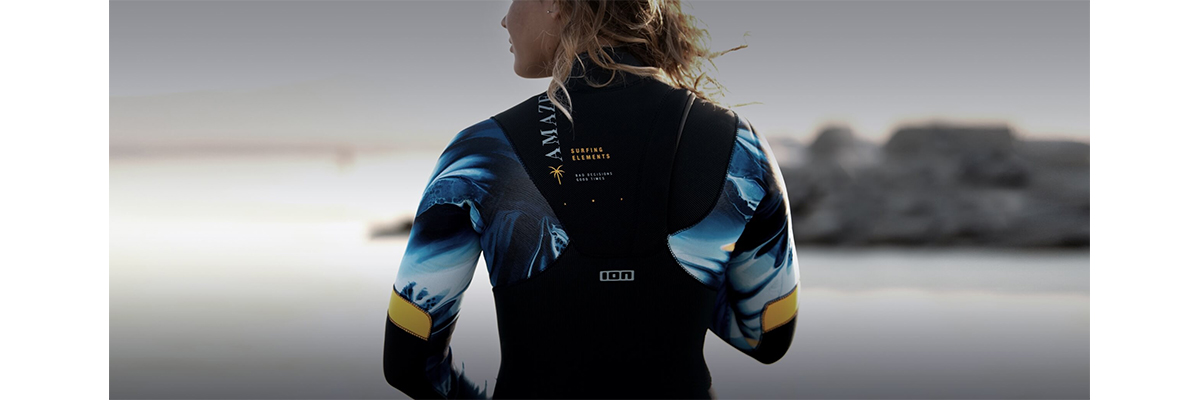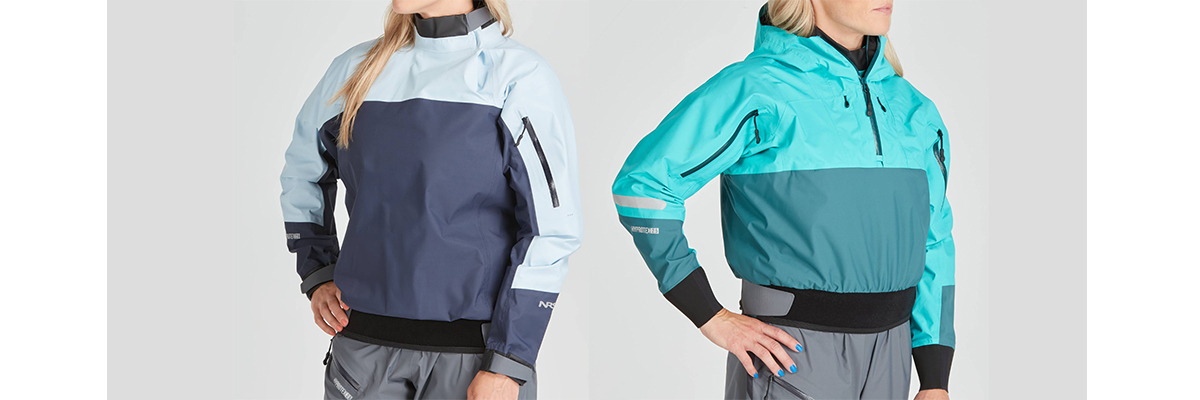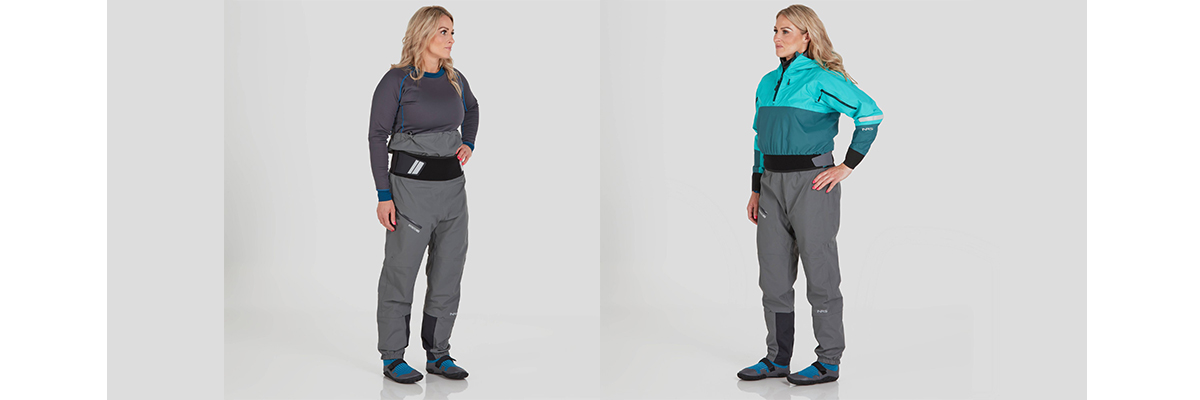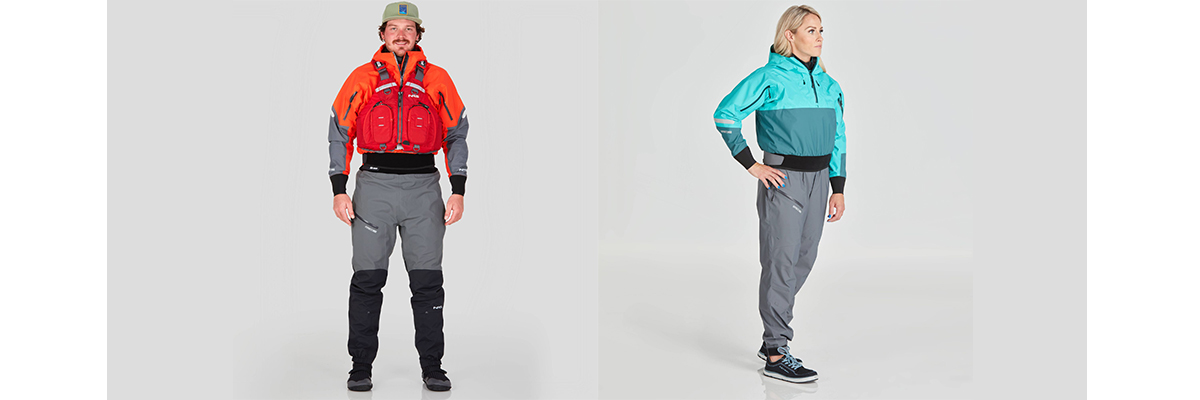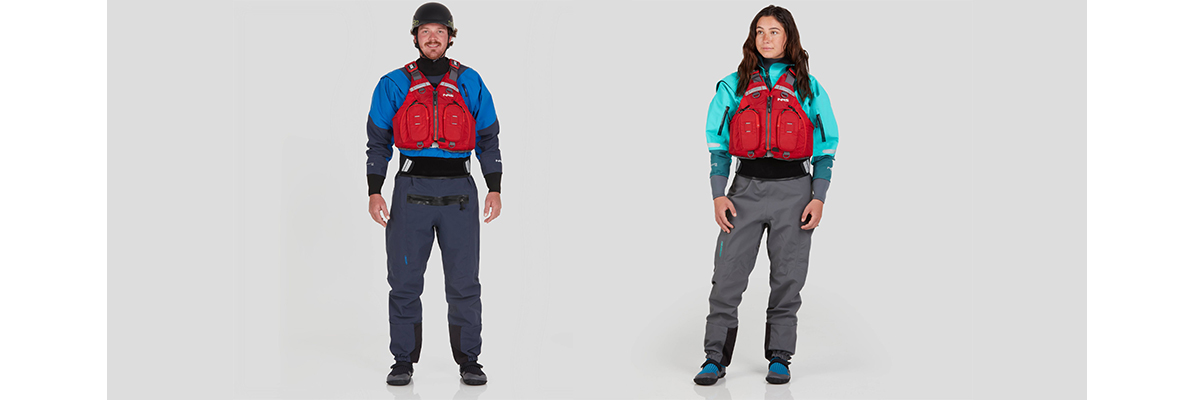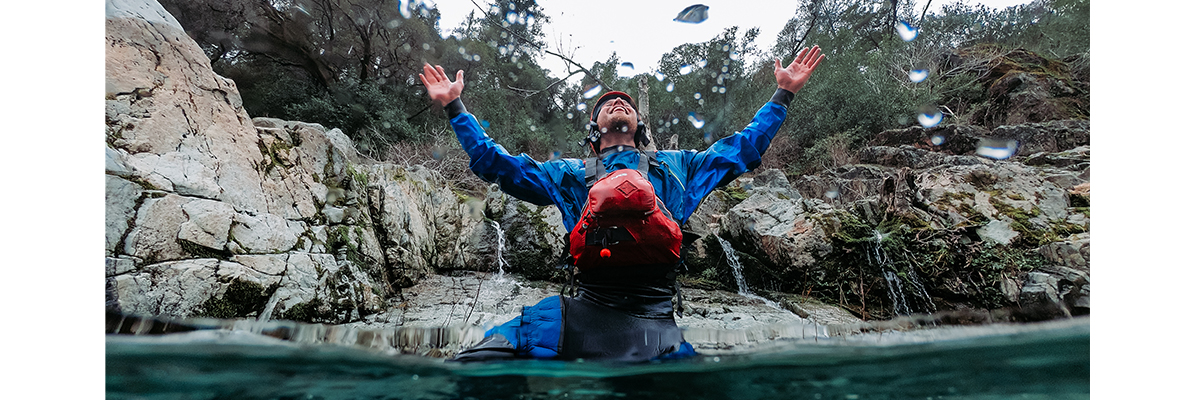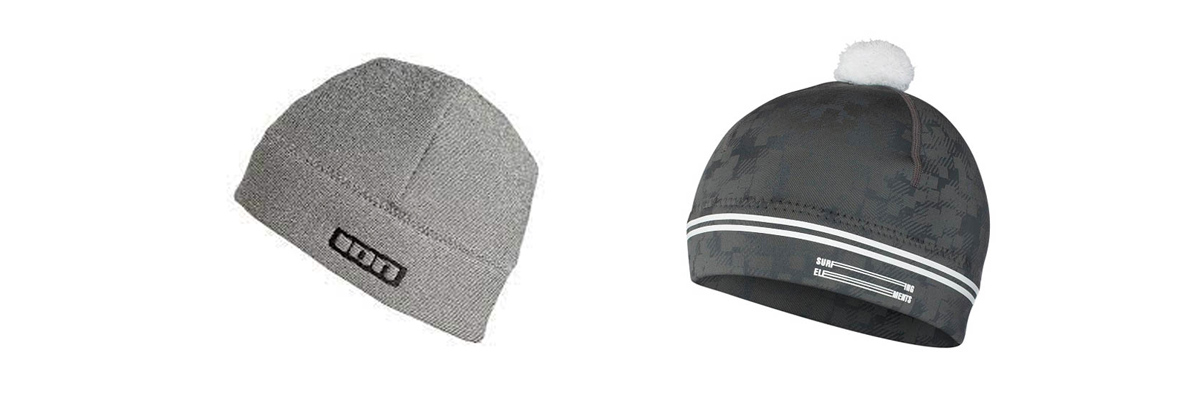Paddle boarding has grown massively in the last few years and continues to do so. Not only is it a great way to explore waterways, SUP is an effective fitness tool that combines many different aspects of ‘being fit’ and has proven to be much more accessible than many other watersports due to simplicity of equipment required. As winter approaches, our staff are well aware of a reduction in boards on the water compared with the peak of summer temperatures. This is due to one obvious factor…… the cold! However, rather than being a negative we believe that paddling when temperatures are into single figures should be embraced. After all, modern clothing and equipment makes staying toasty a simple task and once warm and on the water you’ll find local waterways quieter and perhaps with more opportunity to spot wildlife than during busier periods. Plus, who doesn’t appreciate autumn colours or crisp winter sunshine from the perspective of a paddle board. We understand that equipment selection can be daunting but please read on to learn more about appropriate kit, as well as some hints and tips when it comes to winter paddling.
Clothing for paddle boarding in the winter can be split into 3 categories; wetsuits, splits (dry cag & trousers) and dry suits. Each option has unique advantages, which will be explained in more detail along with potential downsides.
Wetsuits
For cold days full wetsuits are a brilliant choice, offering total body coverage. Once in the water, a wetsuit is excellent for retaining heat by trapping a thin film of water against the skin. The downside is that when not immersed the rubber fabric lacks the breathability of woven alternatives and can feel more restrictive due to its skin tight fit. For SUP we recommend 3-4mm as the best balance of warmth and flexibility. Glued seams are a worthwhile investment, reducing cold water flush. Our customers often mention the traditional view that you need lots of water in a wetsuit, the theory being that this warms up to form a snug layer around the body. There is an element of truth but the reality is our bodies are not capable of constantly warming up new cold water and thus the aim is to have the thinnest film possible, with no new cold water entering the suit. This is where glued seams and other mechanisms to reduce the flush of cold water are a great idea. Full wetsuits are a cost effective way of staying warm compared with drysuits and offer the lowest profile fit. They are also the best choice for SUP surfers, who are likely to spend a large proportion of the time immersed and will require great freedom of movement and lack of bulk.
Wetsuit Advantages
Value For money compared with drysuits and Cag/Trouser Combinations
Total body coverage offering excellent heat retention when wet
A streamlined non bulky feel
Wetsuit Disadvantages
The ultra tight fit required for functionality can feel uncomfortable for some
Lacks Breathability
Not inherently wind resistant, so additional technical shells can be a useful addition.
Splits
Dry Cags
The concept of splits refers to the jackets and trousers used for paddle sports that are completely waterproof, breathable and can be used separately or together. The jackets are often referred to as ‘cags’ and are considerably different from that of a walking or mountain biking jacket for the following reasons. Firstly, a shorter body avoids bunching at the waist when in a seated or knelt position. Secondly, the shape and cut of the garment provides more material under the arms for absolute freedom of movement when paddling. Lastly, on the water we wear a spray jacket to stay dry and so neck and wrist seals can be attractive features. Probably not something you would fancy when hiking though! Simple paddling jackets use velcro tabs to achieve this, while more performance orientated choices involve neoprene or latex cones. Latex ultimately creates the best seal but having such a tight fit around the neck can be uncomfortable for long days and is therefore best reserved for cold days or when paddling in turbulent water. Consider the type of paddling you enjoy and the relative likelihood of ending up in the water when making your decision around seals. Your choice of underlayer is also worth note, as the level of seal is increased when using thermals as opposed to neoprene as the latter still functions when wet.
Dry Trousers
Dry trousers, like cags, are available in a variety of different options. For starters, we are a massive fan of braces on dry trousers as they eliminate the potential for the pant to ride down, which can lead to a chilly gap between top and bottoms. However, you will normally find that female specific models don’t include braces for improved comfort.
Another talking point is the nature of the seal at the foot. Dry Trousers can have no seals, a neoprene/latex cone, or fully integrated dry socks. Moving along this spectrum sees increasing budget. The opinion from our staff is that when conditions necessitate the use of a dry trouser the word dry is critical and thus you should choose models with integrated socks. After all, there is nothing worse than starting a long day with cold wet feet! In addition to this, the body’s extremities are usually the first thing to get really cold, so why not eliminate this with some integrated socks.
Splits Advantages
Offers a full range of movement with no restrictions
Fully resistant to rain and wind
Versatile given you can adjust the degree and type of under layers to suit the conditions
Each element can be used separately when the weather is warmer
Splits Disadvantages
There is always a chance of a small amount of water coming in where jacket and pants meet
Potentially more expensive than a drysuit but you do get improved versatility.
Drysuits
Dry suits have always been popular amongst kayakers and more recently paddle boarders. These one piece suits are amazing and can transform your enjoyment of cold water paddling, offering the ultimate insurance policy against immersion in cold water. In addition, the ability to change into thermal wear at home and then simply step into your suit when ready to paddle adds a level of convenience and simplicity not found with wetsuits. Like cags, the type of seals is one of your main choices. Go with full latex wrist and neck cones for the absolute best seal. This would be an ideal choice for those planning to spend lots of time in the water, being happy to compromise on a little comfort and the ability to ventilate when working hard. As a balance our staff often use models with neoprene cones that offer a great seal but with improved comfort. Finally, you’ll find more touring orientated models with velcro tab necks. Yes, the seal is a little compromised but the comfort and ability to vent are desirable for many paddlers. Only by considering the type of paddling you enjoy and trying the different styles will you be able to make a well informed decision.
The ability to vary the thickness and number of under layers makes drysuits relatively versatile. They are capable of use from early autumn through late spring and are thus well complimented by neoprene pants and a light cag for year round use.
Drysuit Advantages
Offers a full range of movement without restriction.
The ultimate protection from cold water.
Fully waterproof and breathable
Extremely easy to get on and off. Change into thermals at home.
Versatile given the ability to adjust layering thickness and thus warmth.
Choose the degree of neck and wrist seals to suit your paddling style.
Drysuit Disadvantages
Can feel more bulky than neoprene alternatives.
Price
ACCESSORIES
Once you clothing selection is confirmed it is time to consider accessories, namely those for feet, hands and head.
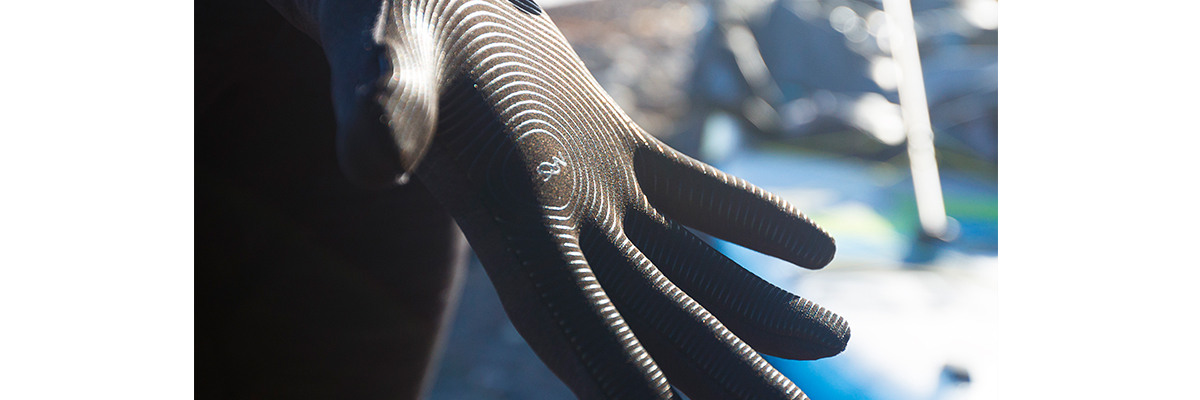
Feet
The footwear you select should fulfil two roles, warmth and protection. Warmth will come from neoprene and increasing the thickness from 3 to 5 or 7mm will make a big difference when moving into the winter. Also look out for thermal linings as they provide further benefit. Boots designed for surfing will have a thin sole to give excellent feel of the board, which is equally great for SUP. Laces or Velcro straps help provide a more secure fit but don’t forget you are unlikely to be walking miles before getting onto your board. Some of our customers favour a trainer style water shoe but it will be useful to know these give little thermal insulation and thus the use of an additional neoprene sock is preferable. Of course, footwear selection will vary based on your clothing choices, with thermal value being much more important with wetsuits than dry trousers or suits which have integrated socks. If using the latter you will have warm thermal socks underneath the dry sock and a key consideration is the opening width of a boot to make getting them on and off simple.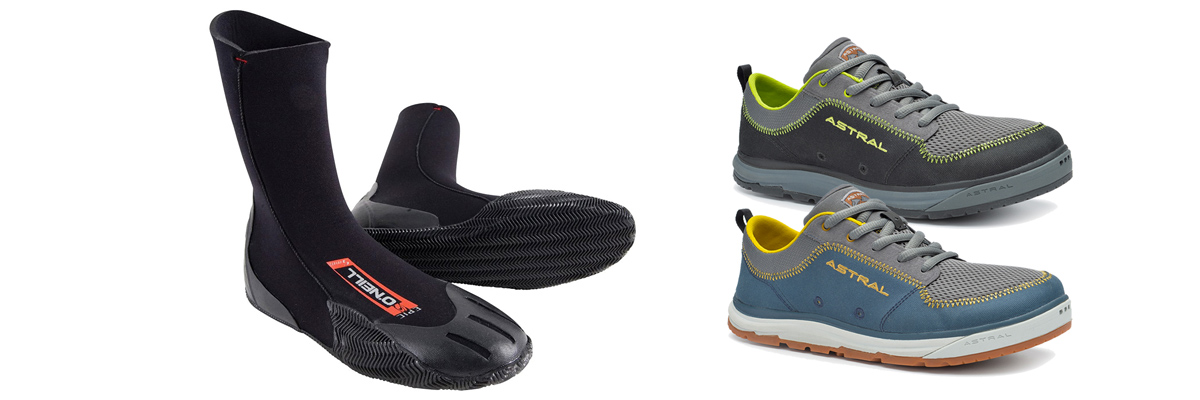
Hands
Choosing what to wear on your hands is perhaps the ultimate challenge. Yes, it is nice to be warm but thick gloves are a paddle boarder’s enemy, reducing paddle feel. Models made from 5mm spongy neoprene will cause you to grip harder than normal so as to achieve the desired connection and this tends to result in forearm cramp. You might not have considered that wearing a glove of this thickness has the effect of massively increasing the paddle shaft diameter. As such, we recommend 2-3mm gloves as striking the optimal balance of warmth and feel. For warmer days, 0.5mm can be the perfect layer to keep your hands warm but allow for improved grip. Glued seams are helpful in keeping more cold water out. Some models will be pre-curved to match the natural profile of a hand gripping the paddle. However, in our experience this is not critical with thin flexible gloves in the sub 3mm range. There are variants away from the traditional glove, most notably the open palm mitt, which leaves a gap in the palm to ensure you retain the perfect connection with your paddle.
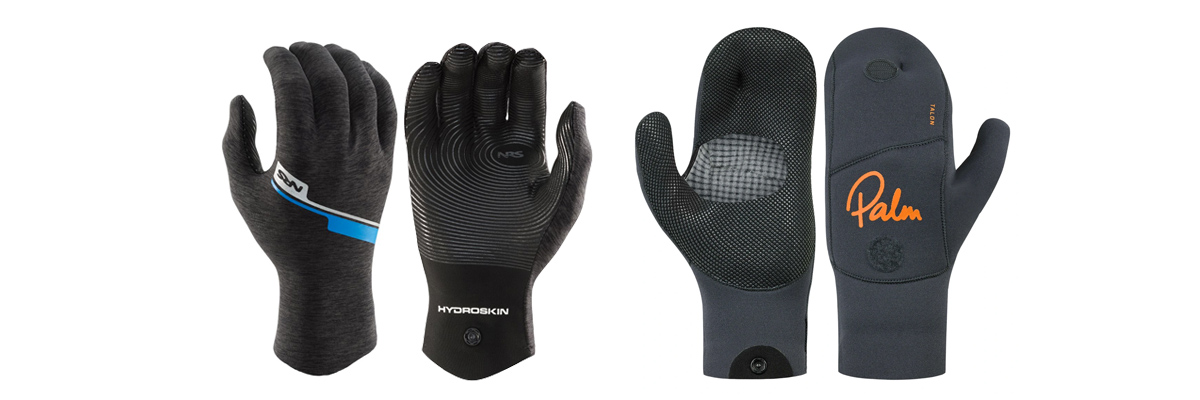
Head
Headwear is an interesting debate because the scenario differs massively depending if you will wear a helmet or not. If the answer is yes, you are somewhat protected from the cold but it can be useful to add a thin neoprene cap underneath. This will need to be under 3mm thick so as not to affect the helmet fit. If you’re paddle boarding on flat water and choose not to wear a helmet then a wool beanie or similar is fine. However, be aware that a rain shower will quickly ruin the benefit and thus neoprene alternatives are arguably superior. In the summer time the effect of the suns UV rays are multiplied when reflected from the water surface. It is important to protect your skin with cream or an appropriate brimmed hat.
Hints and tips for winter paddle boarding
Pack some spare clothes:
When it comes to winter paddling, we would always recommend packing a few more layers even if you think you may not need them. For example, a spare hat and gloves will pack away into a 5l dry bag but could make a huge difference if you take a dip!
Check the weather:
The weather in this country can change quickly, very quickly! Always have a quick check of the weather before setting off even if it is a nice, calm day before. Remember, wind can seriously impact the overall temperature, especially when wet.
Take a phone:
It’s always worth taking a phone with you when out and about exploring. Not only can you potentially capture some epic wildlife, sunrises and sunsets, you can also make contact should an issue arise. Don’t forget keep this in a waterproof case and fully charged. Many of our staff have a dedicated phone for this purpose.
Check you equipment and leash placement:
We never want to experience kit issues and encourage all paddlers to do a check over of their equipment from time to time. It can highlight loose fittings on adjustable paddles or worn leash attachment points. Remember to always attach your leash to your waist with a quick release system if there is any potential for water flow where you paddle. This is not only related to rivers but also tides and strong winds.
Pack some lights:
In British wintertime it sometimes feels like you blink and it’s dark again. As such, you should consider taking head torches, light sticks or similar so as not to get caught out.
Pack some warm clothes and a hot drink for after:
Make sure you have a nice big coat or a changing robe to throw on after your session to make sure you stay warm. Then its time to grab the flask and enjoy a warm drink and reflect on your awesome winter paddle!
CONCLUSION
Having appropriate clothing will transform your time on the water and extend your days, as well as season more generally. It need not cost the earth and in many cases is extremely versatile, with separate tops, trousers and thermals allowing you to choose the right combination for your day. Along with the correct clothing and some forward planning, there is no reason why you can’t enjoy your paddle boarding through the winter as much as you can in the summer!
Happy Paddling.












